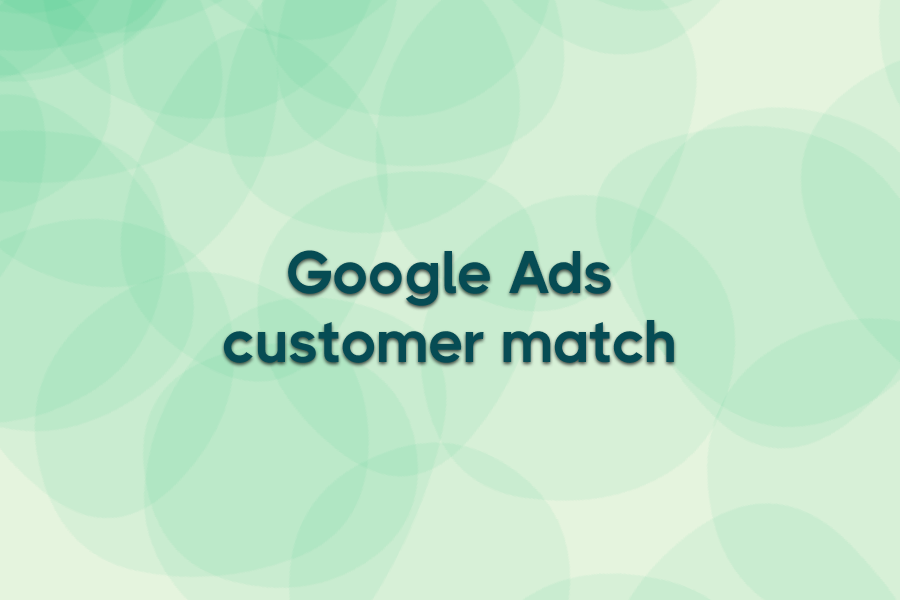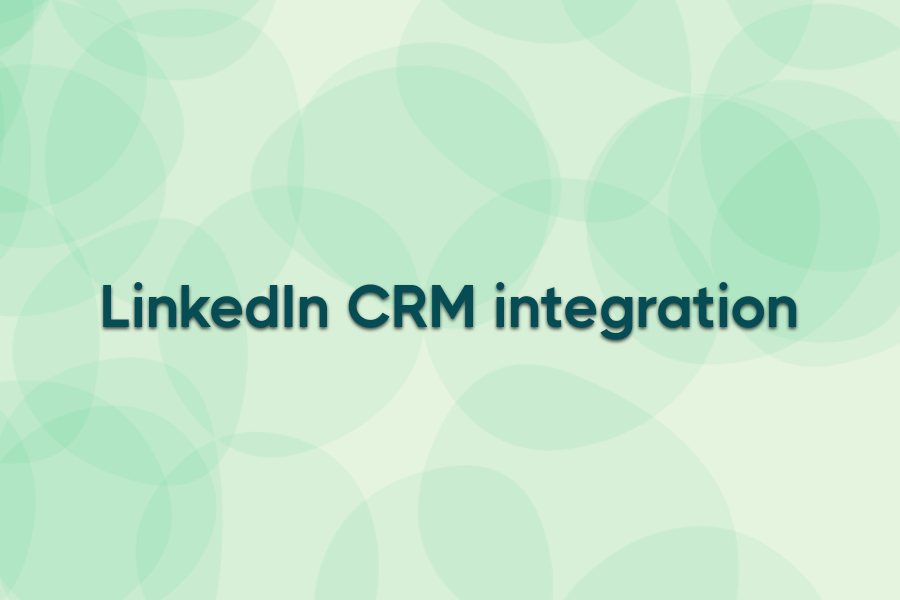In today’s digital marketing landscape, Facebook ads have become a critical tool for businesses aiming to reach their target audiences effectively. For marketing professionals, running Facebook ads for clients requires a strategic approach that maximizes ROI and meets client objectives. This guide will walk you through essential steps, strategies, and best practices for launching and managing successful Facebook advertising campaigns.
A comprehensive guide to launching Facebook ads for clients
Launching Facebook ads on behalf of clients can feel overwhelming due to the platform's complexity and the need to align with client goals. However, with a structured approach, you can streamline the process and effectively manage ad campaigns that drive results.

Step 1: Analyze your client's business and target audience
The first step in creating successful ad campaigns is understanding your client's business. This includes their core offerings, unique selling propositions, and overall brand identity. Equally important is getting a clear picture of their target audience. Utilize market research and analytics to identify demographics, interests, and online behaviors that align with the services or products your client provides.
Utilizing tools such as Google Analytics and Facebook's Audience Insights can provide valuable data. This analysis will help tailor your advertising strategy and message to resonate with potential customers. Additionally, consider conducting surveys or interviews with existing customers to gain deeper insights into their preferences and pain points. This qualitative data can enhance your understanding of the audience and inform more effective ad messaging.
Step 2: Set up a Business Manager account
Once you comprehend your client's business landscape, it's time to set up a Facebook Business Manager account. This account serves as a centralized hub for all advertising activities and allows you to manage different ad accounts, assets, and team members in one place.
Ensuring that the Business Manager account is correctly configured is crucial. You can set user permissions and add your client as an admin or user, giving them visibility into their campaigns without compromising security or control. It's also beneficial to familiarize yourself with the various features available within Business Manager, including tools for managing pixel data and setting up Facebook business integrations, which can significantly enhance your advertising efforts.
Step 3: Create an ad account for your client
After setting up the Business Manager, proceed to create an ad account specifically for your client. This ad account will contain all their forthcoming advertising campaigns and analytics. The naming conventions for ad accounts should reflect the client’s business name, making navigation simpler for all involved.
Ensure that the billing information is accurate, as it directly influences the client's advertising expenditures. Proper cost management from the outset is crucial for building a successful partnership. It's also important to discuss budget allocation strategies with your client. Understanding their financial boundaries will help in setting realistic expectations for ad performance and return on investment, allowing for more strategic planning and better outcomes throughout the campaign.
Step 4: Install the Facebook Pixel for tracking
The Facebook Pixel is an invaluable tool for tracking user interactions with your client’s website. It helps gather data on conversions, optimize ad delivery, and retarget users who have engaged with the website previously.
Installing the Facebook Pixel requires placing the code snippet in the website's header. This process might necessitate collaboration with the client's web development team. By doing so, you can make informed decisions based on the collected data, improving future campaign effectiveness. Additionally, educate your client on the importance of the Pixel, as understanding its functionality can empower them to leverage data-driven insights for their broader marketing strategy.

Step 5: Launch your first advertising campaign
With your ad account set up and the Facebook Pixel in place, you’re ready to launch your first advertising campaign. Begin by setting campaign objectives that align with your client's goals; these may include increasing brand awareness, generating leads, or driving traffic to a website.
Choose the appropriate ad format, such as image, video, or carousel, based on what best showcases your client’s offerings. Craft compelling copy and striking visuals that will attract audience attention, ensuring that all elements adhere to Facebook’s advertising policies. Moreover, consider A/B testing different ad variations to determine which combinations of visuals and copy yield the best engagement, allowing you to refine your approach as the campaign progresses.
Step 6: Configure your ad set for success
After launching the campaign, configure the ad set. This stage involves defining your target audience based on the data gathered in the initial analysis. Use relevant targeting options such as age, location, interests, and behaviors to narrow down who sees the ads. For even more precise targeting, tools like Facebook custom audiences sync can help keep your audience lists automatically updated and aligned with your client’s CRM data.
Budget settings, schedule, and placement options are also critical at this stage. Opt for placements that align strategically with where your target audience spends their time, whether that be on mobile feeds, desktop news feeds, or Instagram. Additionally, consider the timing of your ads; for instance, if your client's target audience is more active during specific days or times, scheduling ads to run during these peak periods can enhance visibility and engagement.
Step 7: Design your ad creatively
Creativity is key when designing ads. High-quality images and engaging video content can significantly impact the ad's performance. Use design tools like Canva or Adobe Spark to create eye-catching visuals that align with your client's brand aesthetic.
Your ad copy should complement these visuals, encouraging users to click or engage. Craft clear calls-to-action that entice users to take the next step, whether that’s signing up for a newsletter or making a purchase. Additionally, consider incorporating user-generated content or testimonials into your ads, as this can enhance credibility and foster a sense of community around your client's brand.
Step 8: Manage and analyze lead data
Once the ads are live, it's important to continuously monitor their performance. Tools like Facebook lead ads sync make it easier to manage incoming leads by automatically connecting ad responses with your CRM, streamlining follow-ups and boosting conversion rates.. Understanding this data will help identify what works and what doesn't, allowing for necessary adjustments.
Regular reporting to your client is essential for maintaining transparency and trust. Outline the successes and areas for improvement, and consider applying follow up strategies for Facebook lead ads to improve lead quality and campaign effectiveness over time. Additionally, consider setting up automated reporting tools to streamline this process, ensuring that your client receives timely updates on their ad performance without requiring manual intervention.
Understanding the costs of running Facebook ads for clients
Understanding the costs associated with running Facebook ads is vital for setting appropriate expectations with clients. Advertising costs can vary widely based on several factors, including industry and campaign objectives.

1. Assess the workload involved
The first factor affecting costs is the workload required to manage the campaigns effectively. This includes time spent on strategy development, creative design, data analysis, and client communication. By assessing the overall effort needed, you can provide a comprehensive pricing structure. Additionally, consider the complexity of the campaigns; for example, a simple ad targeting a broad audience may require less effort than a highly segmented campaign aimed at a niche market, which may involve extensive research and multiple iterations of creative assets.
2. Select an appropriate pricing model
When it comes to client billing, you'll need to select a pricing model that reflects the services offered. Common models include hourly rates, fixed project fees, or performance-based pricing. Discuss these options with your clients to find a mutually beneficial agreement. It’s also worth exploring hybrid models that combine elements of these approaches, allowing for greater flexibility. For instance, you might charge a base fee for management while incorporating performance bonuses tied to specific metrics, such as lead generation or sales conversions, which can incentivize both parties to strive for better results.
3. Factor in your level of experience
Your experience and expertise in managing Facebook ads will also play a role in setting costs. Experienced marketers may command higher fees due to their proven track record of delivering successful campaigns. However, being effective does not always mean being the most expensive; finding the right balance is key. Consider showcasing case studies or testimonials from previous clients to demonstrate your capabilities and justify your pricing. This not only helps in establishing credibility but also reassures clients that they are investing in a knowledgeable partner who can navigate the complexities of Facebook advertising.
4. Maintain transparency with clients
Transparency is crucial when discussing costs with clients. Clearly outline what your fees cover and how they relate to campaign performance. Detailed invoices and reports can help clients understand the added value of your services, building trust and a solid working relationship. Regular updates and performance reviews can also enhance this transparency, allowing clients to see how their investment translates into tangible results. By keeping the lines of communication open, you can address any concerns promptly and adjust strategies as needed, ensuring that clients feel informed and involved throughout the campaign process.
5. Consider location and market dynamics
Finally, consider the market dynamics and location of your client's business. Ad costs can fluctuate according to competitors in the same industry or geographic area. Researching local advertising trends can provide a clear picture of necessary budget adjustments to remain competitive. Additionally, understanding the target audience's behavior in different regions can help tailor campaigns more effectively. For instance, certain demographics may respond better to specific types of content or ad formats, which can influence both the creative strategy and the overall budget allocation. By staying attuned to these dynamics, you can better advise clients on how to optimize their advertising spend and achieve their desired outcomes.
Summary
Running effective Facebook ads for clients entails a strategic approach that begins with understanding their business and audience, followed by the meticulous setup of ad accounts, tracking mechanisms, and creative campaigns. This foundational knowledge not only aids in crafting targeted advertisements but also helps in aligning the ad content with the brand's voice and objectives. Engaging with clients to gather insights about their unique selling propositions and customer pain points can significantly enhance the relevance of the ads, making them more appealing to the intended audience.
As you navigate the complexities of ad management, it's essential to maintain transparency regarding costs, providing clients with a clear understanding of the value they receive. This involves not only outlining the budget but also breaking down how each dollar spent contributes to specific goals, such as increased brand awareness or lead generation. Additionally, utilizing analytics tools to track performance metrics can empower clients with real-time data, allowing for informed decision-making and adjustments to campaigns as needed. By following the best practices outlined in this guide, marketers can successfully drive results with Facebook ads for digital marketing agencies and enhance their clients' overall digital strategies, ensuring mutually beneficial partnerships. Furthermore, fostering open lines of communication throughout the campaign lifecycle can lead to valuable feedback, enabling continuous improvement and innovation in ad strategies that resonate with target audiences.
Ready to elevate your Facebook ad campaigns and streamline your lead generation process? Discover the power of Ads Workbench, the ultimate tool that seamlessly connects your CRM and marketing automation tools with top advertising platforms. With our innovative Leads sync feature, you can instantly send opt-in offers to new subscribers, ensuring you never miss a beat. Plus, our Facebook custom audiences capability keeps your target audience engaged and updated automatically, enhancing your ad performance. Don't wait to transform your digital marketing strategy. Sign up for a free trial today and experience the difference with Ads Workbench!







